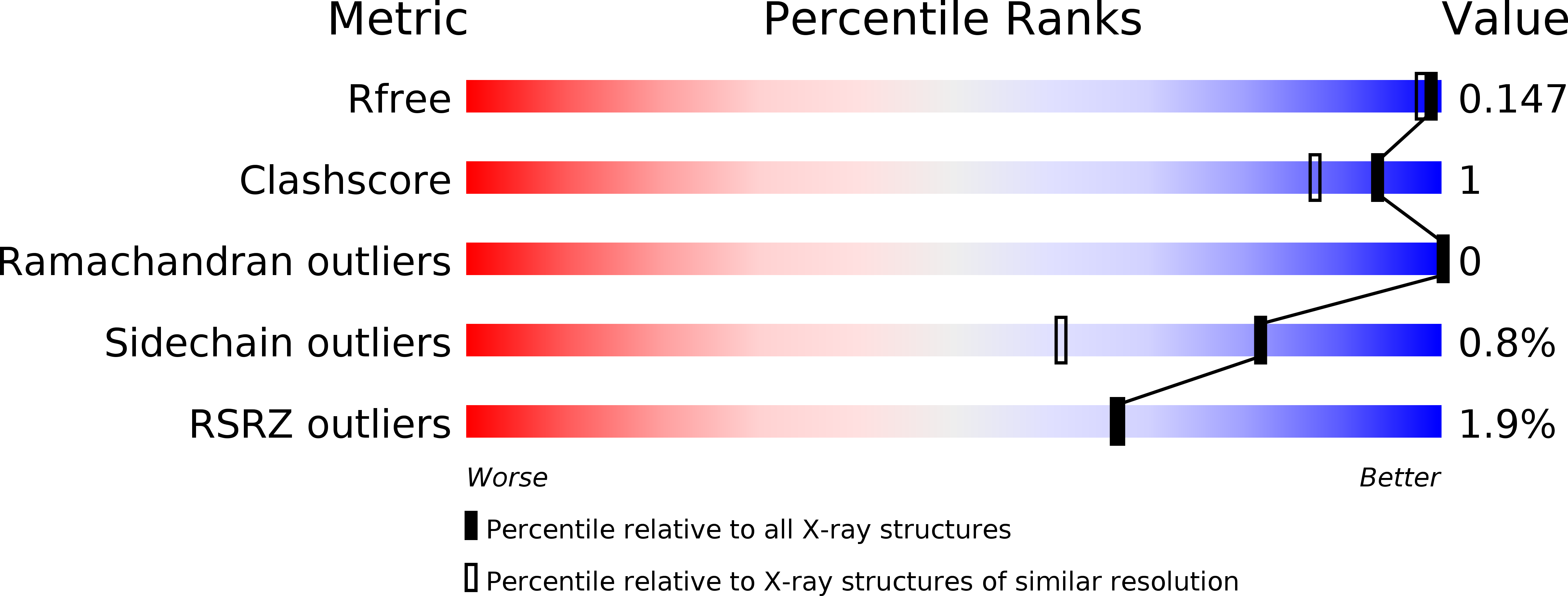
Deposition Date
2020-04-01
Release Date
2020-06-17
Last Version Date
2024-05-15
Entry Detail
PDB ID:
6YII
Keywords:
Title:
Crystal structure of a Class III adenylyl cyclase-like ATP-binding protein from Pseudomonas aeruginosa
Biological Source:
Source Organism:
Pseudomonas aeruginosa (Taxon ID: 287)
Host Organism:
Method Details:
Experimental Method:
Resolution:
1.44 Å
R-Value Free:
0.14
R-Value Work:
0.13
Space Group:
P 21 21 21


